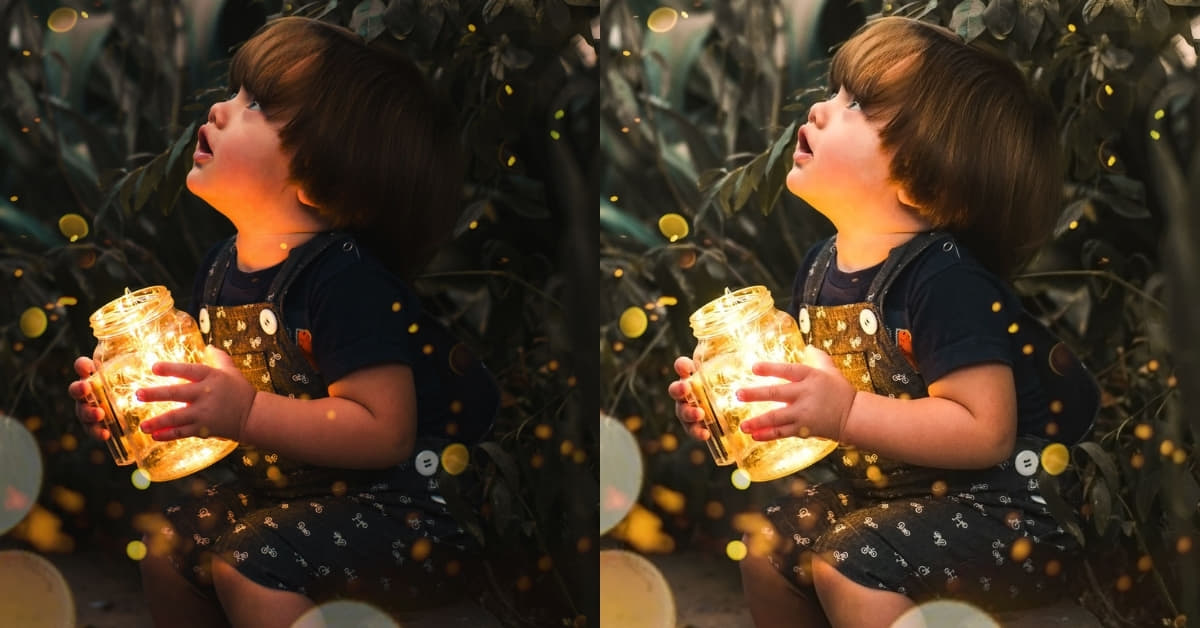In the world of photography and graphic design, achieving the perfect color balance is crucial to convey the intended message and evoke the desired emotions. Whether you are a professional photographer or a hobbyist, understanding the principles of color correction is essential for creating visually stunning and impactful images.
What is Color Correction?
Color correction is the process of adjusting and enhancing the colors in an image to achieve a more accurate and visually pleasing result. This technique is employed to fix color imbalances, enhance certain hues, and ensure that the final picture accurately represents the original scene.
Importance of Color Correction
- Accurate Representation: Photo color correction ensures that the colors in your pictures match the true colors of the scene you captured.
- Visual Appeal: Properly corrected colors contribute to the overall visual appeal of the image, making it more engaging to viewers.
- Consistency: Color correction helps maintain a consistent color palette across a series of photos, creating a cohesive look.
Techniques for Color Correction
From white balance mastery to targeted color adjustments, these techniques will empower you to transform your pictures into captivating visual narratives.
1. White Balance Adjustment:
Adjusting the white balance corrects the color temperature of an image, eliminating any unwanted color casts. This is crucial for ensuring that whites appear truly white.
2. Contrast and Saturation:
Fine-tuning contrast and saturation levels helps enhance the overall vibrancy of the image, making colors pop without appearing oversaturated.
3. Color Grading:
Color grading involves manipulating specific colors to achieve a desired look. This technique is often used for creative purposes to convey a particular mood or atmosphere.
4. Targeted Color Correction:
Using tools like selective color adjustments allows you to target and modify specific colors in an image without affecting the entire color spectrum.
Tools for Color Correction
Several tools and software are available to aid in the color correction process, including Adobe Photoshop, Lightroom, and other specialized photo editing applications.
FAQs
Why is color correction important in photography?
Color correction ensures that the colors in your photos accurately represent the original scene, contributing to a more visually appealing and professional result.
Can I use automated tools for color correction?
While automated tools can provide a quick fix, manual color correction allows for more precise control and customization to achieve the desired look.
How do I avoid overcorrecting colors in my pictures?
It’s essential to regularly check your work, zoom in on details, and reference the original image to avoid overcorrection. Subtle adjustments often yield the best results.
Is color correction only for professional photographers?
No, color correction is valuable for photographers of all levels. It enhances the quality and impact of your images, regardless of your skill level or the type of camera you use.
Are there any free tools for color correction?
Yes, there are free tools like GIMP and online editors like Pixlr that offer basic color correction features. However, professional software provides more advanced capabilities.
Conclusion
Mastering color correction in pictures is an art that combines technical skill with a creative eye. By understanding the principles and techniques discussed here, you can elevate your photography or design work to new levels of excellence, creating images that truly stand out. Experiment with different tools and methods to find the approach that works best for your unique style and vision.
This page was last edited on 24 February 2024, at 5:53 pm
